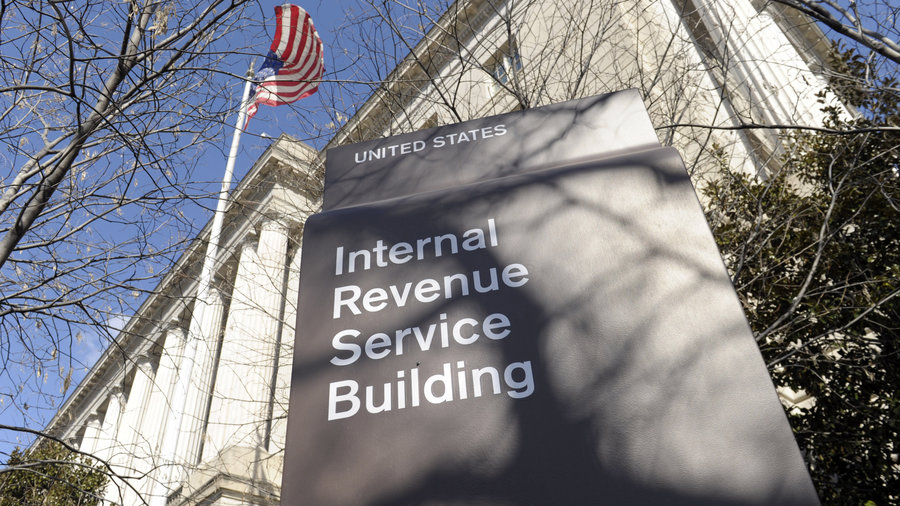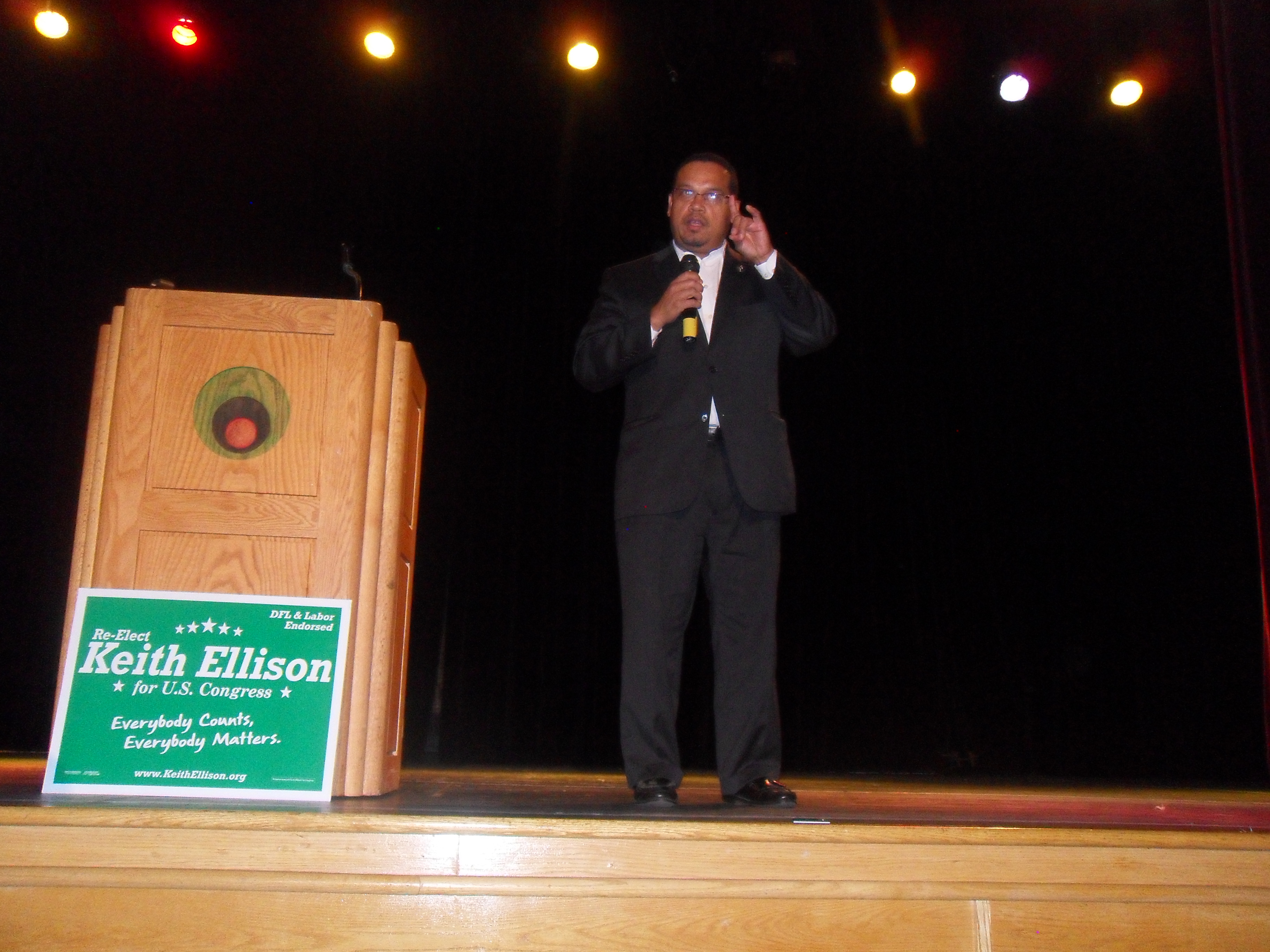

To file for an extension: Taxpayers can download, print and file a paper Form 4868 from IRS.gov/forms. The form must be mailed to the IRS with a postmark on or before April 18. Taxpayers are reminded that an extension of time to file is not an extension of time to pay. Tax payments are due April 18. Submit an estimated tax payment with the Form 4868.
The tax deadline for this year is Tuesday, April 18. If for some reason you are unable to file a return by midnight on that date, you will need to request an extension by filling out form Forms 4868 at this IRS link.
“With the tax deadline approaching, taxpayers shouldn’t panic. The IRS has many options available to help people as they finalize their tax returns or if they need to get extra time to file,” IRS Commissioner John Koskinen said in a statement to Mshale.
The IRS has tax help, publications and information on IRS.gov to help last-minute filers, including information about free e-file options, such as FreeFile, or how to request an automatic six-month filing extension.
According to the IRS, it will have special phone lines open on Saturday, April 15 from 9 a.m. to 5 p.m., callers’ local time, to help taxpayers with last-minute issues.
This week is the busiest at the IRS as millions rush to beat the tax deadline next week. They are expecting about 18 million individual income tax returns for the week ending April 15, with about 16 million filed electronically.
As of April 7, the IRS has processed more than 100.9 million tax returns and issued more than 80.2 million refunds totaling $228.9 billion with the average refund being $2,851.
Extensions
The IRS expects to receive more than 8 million extension requests through next week, with the vast majority of those Forms 4868, Application for Automatic Extension of Time to File U.S. Individual Income Tax Return, being filed electronically. Overall, this year, the IRS expects to receive 13 million extension requests from taxpayers.
Taxpayers can download, print and file a paper Form 4868 from IRS.gov/forms. The form must be mailed to the IRS with a postmark on or before April 18. Taxpayers are reminded that an extension of time to file is not an extension of time to pay. Tax payments are due April 18. Submit an estimated tax payment with the Form 4868.
Make a Payment, Get an Extension
In addition to using Free File to get a filing extension, taxpayers can also get an extension by paying all or part of the estimated income tax due and indicate that the payment is for an extension using Direct Pay, the Electronic Federal Tax Payment System (EFTPS), or a credit or debit card. This way they won’t have to file a separate extension form and will receive a confirmation number for their records.
IRS Direct Pay offers individual taxpayers a free, secure way to pay an individual tax bill or estimated tax payment directly from a checking or savings account at no cost. No pre-registration is required and payments can be scheduled up to 30 days in advance.
By selecting “extension” as the reason for the payment, the IRS will also accept it as an extension – no need to separately file a Form 4868. In addition, any payment made with an extension request will reduce or eliminate interest and late-payment penalties that apply to payments made after April 18. The interest rate is currently four percent per year, compounded daily, and the late-payment penalty is normally 0.5 percent per month.
“As we enter the final days before the tax deadline, the IRS has seen a strong filing season so far with smooth processing of tax returns and refunds as well as signs our strengthened security steps are helping prevent more tax-related identity theft,” said Koskinen. “We appreciate taxpayers taking the time to file their tax returns accurately, and I also want to thank the nation’s tax community, tax professionals and our partners in the states for their critical role in helping make this filing season a smooth one.”
About Mshale Staff







